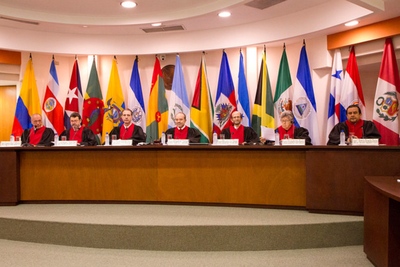The summer of 2021 underscored that we are all affected by climate change impacts, whether in the form of heatwaves, fires, or extreme flooding. But some Americans are more affected than others. Urban centers are hotter than rural areas due to urban heat island effect, a phenomenon caused by pavement, buildings, and other surfaces in cities that absorb and retain heat. In the United States, urban heat island effect results in a temperature difference of up to 7.2 degrees between cities and their surrounding rural areas. Moreover, within cities, extreme heat disproportionately harms communities of color and low-income communities. As climate change continues to raise baseline temperatures and make deadly heat waves more likely to occur, addressing urban heat island effect has become an urgent issue.
For this reason, cities are increasingly interested in adopting “smart surfaces.” The term refers to a set of surface technologies that allow cities to better manage sunlight and rainwater. While cities have many policy options for expanding smart surfaces, they also face certain legal barriers. In a white paper published today, the Sabin Center for Climate Change Law examines those barriers and seeks to offer potential solutions to local governments. The white paper focuses on state preemption issues, such as uniform building codes that preclude municipalities from requiring rooftop solar; legal hurdles to expanding reflective pavement and other smart surfaces on private property, such as limitations on zoning authority; and the opportunities and challenges associated with leveraging public procurement policy as a tool for expanding smart surfaces.
The white paper was written by Climate Law Fellow Hillary Aidun with support from Michael Burger and Amy Turner, the Smart Surfaces Coalition, and the Law Firm Anti-Racism Alliance. Read the white paper here.




